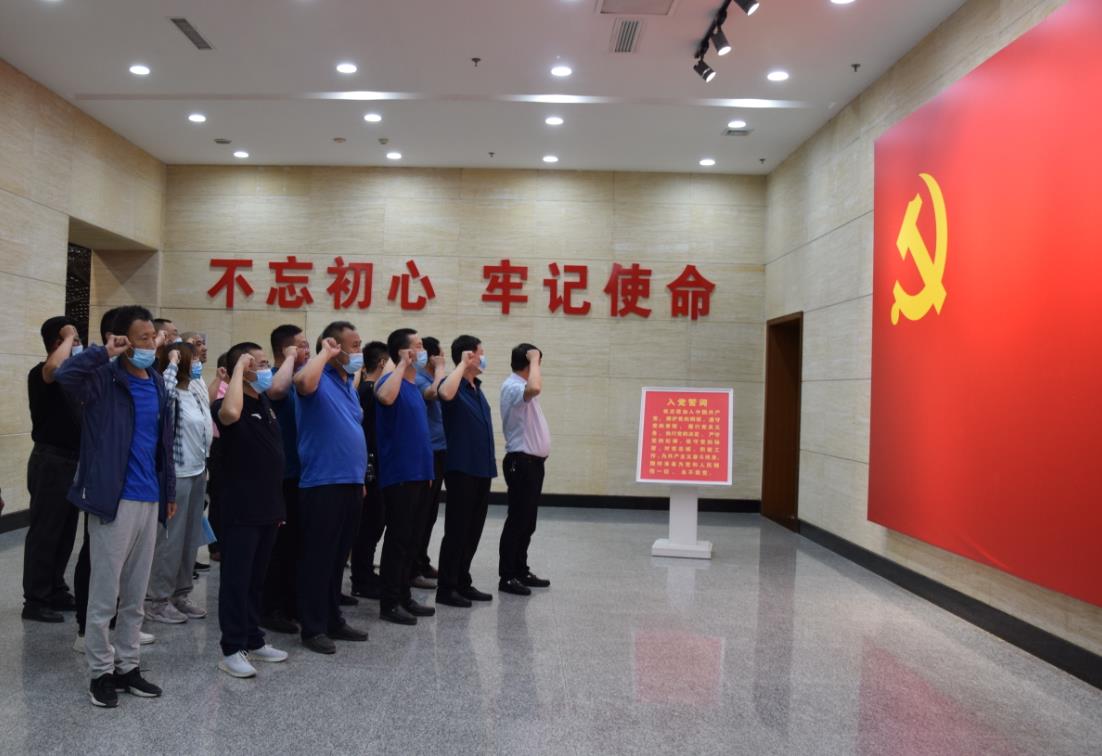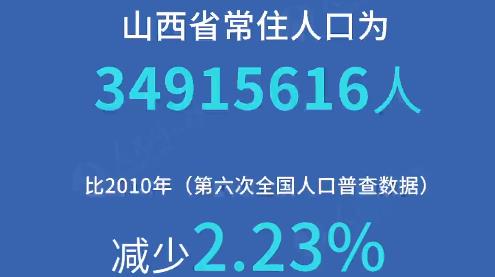
Deputies to the Shanxi People’s Congress listen to the provincial government work report.SU RONGXIANG/FOR CHINA DAILY
Innovation should be at the core of Shanxi's development, especially when the province is implementing an economic transformation strategy to diversify its industries and foster new growth drivers, said delegates to the latest sessions of the Shanxi People's Congress and the provincial committee of the Chinese People's Political Consultative Conference last week.
They made the remarks after hearing the government work report delivered by Shanxi Governor Lin Wu on Jan 20.
In the work report, Lin again highlighted the importance of an innovation-driven strategy. He said the province should rely on innovation to boost high-quality growth and foster new, emerging sectors in the years to come.
Zhang Fangtao, a member of the provincial CPPCC committee and a researcher at the Shanxi Research Center for Science and Technology Information and Strategy, said he agrees with the governor's opinion based on his studies of Shanxi's economy.
"In 2015, Shanxi's GDP growth stood at 3 percent, a rate ranking it 30th among the 31 provinces, autonomous regions and municipalities on the Chinese mainland,"Zhang said. "Shanxi had been one of the slowest-growth provinces for many years."
The reason was Shanxi's heavy reliance on coal mining, which used up many economic resources in the province, according to Zhang.
The researcher noted that Shanxi has seen steady improvements in its economy since it began to implement an economic transformation strategy at the beginning of 13th Five-Year Plan (2016-20).
"The transformation strategy has led to the establishment of 14 emerging sectors, including information technology, big data, semiconductors, smart manufacturing and robots," Zhang said. "The 14 sectors have been growing at about 8 percent annually on average, pushing Shanxi's overall economy to catch up the nation's average growth rate-about 6 percent from 2017-19."
The researcher noted that all the emerging sectors are high tech-related, requiring much investment in technological innovation.
Gao Zhiqiang, a provincial CPPCC member and a researcher from Shanxi Agricultural University, said he is impressed with the provincial authorities' determination to boost innovation. They did this by establishing more research and development facilities like key laboratories, corporate tech centers and university-backed R&D centers.
Gao is a renowned scientist in China in the field of wheat research. He is a leading researcher in a synchronized innovation center for studying characteristic crops and varieties suitable for the Loess Plateau in northern China.
"Modernization is the only way out for Shanxi's agricultural development and rural revitalization,"Gao said. "Shanxi's universities and research institutions should offer strong support to local agricultural modernization."
Li Changxia, a deputy to the Shanxi People's Congress and an agronomist from Linfen city, said the use of farming machines is a crucial part of agricultural modernization.
"Farming machines are widely used in Shanxi to boost efficiency,"Li said. "We are using sowing and harvesting machines in the fields and drones in the sky to spray fertilizers and pesticides."
Guo Yanjie contributed to this story.
By YUAN SHENGGAO
 山西路桥:党建引领 建好“四好农村路”山西路桥建设集团党委扎实开展“党建质量提升年”,实施“六大工程”,立足“十四五”高质量、高速度、高效益发展的战略基点,全面提高党建质量和党建引领发展水平,为打造“国内一流的交通基础设施投资、建设、施工现代化企业集团”提供坚强政治保障。
山西路桥:党建引领 建好“四好农村路”山西路桥建设集团党委扎实开展“党建质量提升年”,实施“六大工程”,立足“十四五”高质量、高速度、高效益发展的战略基点,全面提高党建质量和党建引领发展水平,为打造“国内一流的交通基础设施投资、建设、施工现代化企业集团”提供坚强政治保障。
 常住人口3491万 山西人口普查数据"出炉"山西省统计局向社会通报山西省第七次全国人口普查主要数据。数据显示,山西省常住人口为34915616人,比2010年(第六次全国人口普查数据,下同)减少2.23%,年平均减少0.23%。山西省常住人口总量减少,主要受人口流动变化等因素影响。
常住人口3491万 山西人口普查数据"出炉"山西省统计局向社会通报山西省第七次全国人口普查主要数据。数据显示,山西省常住人口为34915616人,比2010年(第六次全国人口普查数据,下同)减少2.23%,年平均减少0.23%。山西省常住人口总量减少,主要受人口流动变化等因素影响。